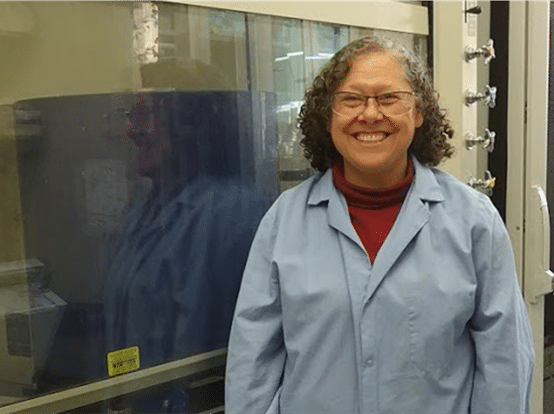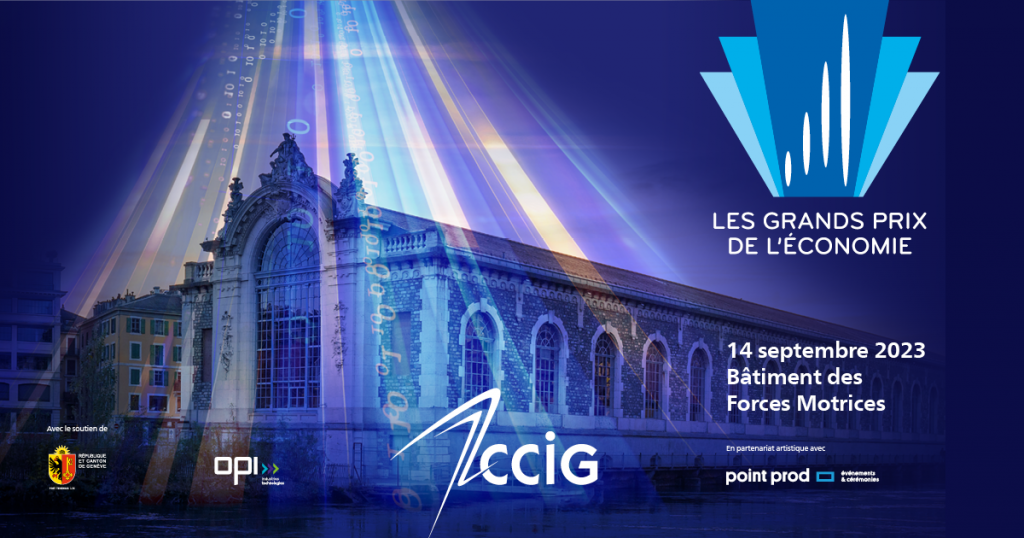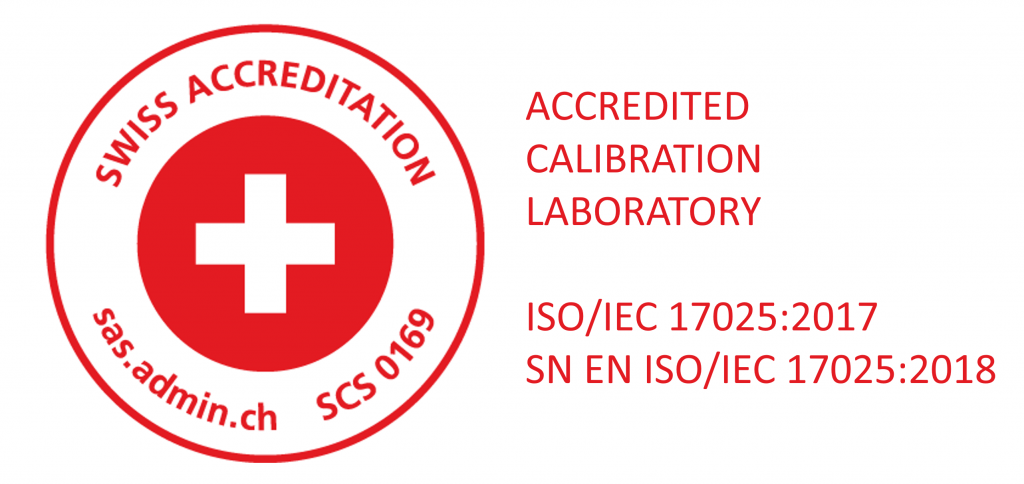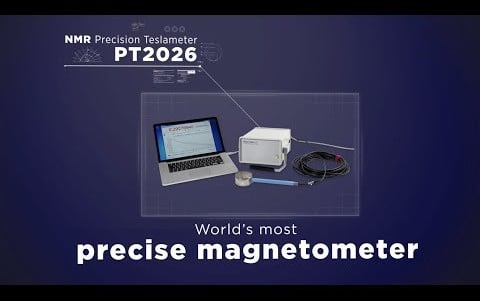
Maria Silva Elipe in front of the 400 MHz magnet (courtesy of D. Pooke)
At Metrolab, we have been following the leading-edge work of Dr. Maria Silva Elipe to bring a high-frequency NMR spectrometer into her chemistry laboratory. We are delighted she took time out of her busy schedule to discuss why she wanted to do this in the first place and how she carried out the validation of this novel instrument.
Metrolab: Can you tell us more about your activities at Amgen, Inc.?
Maria Silva Elipe: I work in Process Development. My primary role is to support the Process Chemists who scale up the synthesis of drug candidates, which are compounds with a strong therapeutic potential. These drug candidates go on to be tested in clinical trials, as well as for their suitability for large-scale, environmentally friendly manufacturing. Through these processes, we elicit compound characteristics that are otherwise not apparent in smaller, development quantities.
In order to meet statutory regulations, we must demonstrate the structure of the drug candidate molecule as well as any impurities that may be present. Nuclear Magnetic Resonance spectrometry (NMR) is an important tool to enable us to do that. However, we are expanding the role of NMR beyond structure elucidation. For example, I am currently implementing NMR to help us understand the finer details of the kinetics of the drug candidates and their intermediates.
How do you follow the chemical reaction? Why is this important?
An easy way to follow the chemical reaction is to follow the NMR-spectrum signals, which decrease for the starting material and increase for the product. In doing so, we can extract a reaction-rate constant and track the completion of the reaction. Another way to follow the reaction is to track the signals of intermediates, side-intermediates or byproducts. For this reason, NMR is useful: you can get information on the chemical structures by monitoring signals as they build or disappear.
Fourier-transform infrared spectroscopy (FTIR) and high-performance liquid chromatography (HPLC) are also used for monitoring chemical reactions. FTIR can yield very complex spectra depending on the intensity of the stretching bonds. However, HPLC only tells you if the chromatographic peaks are increasing or decreasing and gives no details about the structure. In comparison, NMR is very quantitative and highly structure informative.
In January, I attended a symposium in Germany, which was focused on reaction monitoring. It was clear that in both Industry and Academia, there is a big push to implement NMR for that purpose. While NMR might not work in all cases, it provides a lot of information on kinetics, on speciation of the reactions and on quantitation.
What challenges do you face during real time monitoring?
Liquid NMR is sensitive to solid-material deposits in solutions, which can interfere with the signals. So, when reactions produce precipitates, I must use filters which prevent them entering the NMR flow cell. For the same reason, biphasic solutions are a challenge. When challenges arise, we work to solve them.
So how did you come about the project with the high temperature superconducting magnet. What was your inspiration to work with this specific magnet?
I have been putting a lot of effort into implementing NMR-based reaction monitoring within Amgen’s development laboratory. First, I examined the feasibility of using NMR, by testing a 45 MHz permanent-magnet NMR spectrometer. However, using NMR with liquid cryogen has specific safety requirements and in addition, size constraints are incompatible with a chemistry lab. Then I heard that Pfizer had a liquid cryogen-free 200 MHz HTS magnet. So, I visited the Pfizer plant in Connecticut, to see the instrument and to learn from their experiences of using the cryogen-free equipment, first-hand.
Then it came to my attention that the manufacturer of cryogen-free electromagnetic products, HTS-110, was looking for a sponsor to manufacture the first liquid cryogen-free 400 MHz magnet. So, with Amgen as a sponsor, we developed a three-company partnership: HTS-110 provided the magnet and Bruker provided the electronics, the console, the probe, the shim stack and the integration. We ran basic tests in Bruker Biospin, Billerica, Massachusetts and then moved the system to Amgen, Thousand Oaks, California, where it remains.
Often, people want to know the daily practicalities of using new equipment in a laboratory setting. So, for those chemists, yes, the laboratory is very busy with a lot of people performing experiments and we do have a fully functioning regular laboratory in addition to the NMR, including a mass spectrometer and an HPLC. And the NMR is fine!
Shimming to ensure spatial field uniformity
“A primary consideration in building an NMR magnet is to achieve the spatial field uniformity required for high resolution spectroscopy. An as-built magnet, whether HTS or LTS, will rarely achieve the desired level of bare-magnet uniformity and so the magnetic field around the sample zone is mapped and corrected (“shimmed”), in the case of an HTS magnet by careful placement of ferromagnetic elements in the bore of the magnet. The process is iterated until the desired field profile is achieved, typically yielding a field error of no more than a few parts per million, ppm.
This level of resolution in a high background field places significant demands on the mapping tool and since the most precise technology to measure magnetic fields is NMR itself, we employ Metrolab’s MFC2046 NMR magnetic field camera for the task. A small probe array, MFC9146, consisting of an array of NMR sensors is used to map the surface of the target cylindrical volume, allowing rapid and accurate measurement of the local field and providing a dependable basis for the critical shimming operation.”
Donald Pooke, CTO at HTS-110, Lower Hutt, New-Zealand.
You took the concept of point of care to point of chemistry!
Bringing the NMR to where all the chemistry happens, without any restrictions is very interesting! As I have the reactor and NMR in the chemistry laboratory, I don’t have to take samples anywhere else for analysis.
You can see a picture of the instrument in Amgen’s lab in the first article we published in Magnetic Resonance in Chemistry [1]. So far, we have published two papers based on our new work [1,2].
How did you qualify this instrument?
Prior to installing this new NMR system (HTS magnet system connected to the Bruker electronics) at Amgen on Thousand Oaks, California, we installed the magnet in Billerica, Massachusetts, in order to run control experiments and to confirm that the homogeneity of the magnetic field was sufficient. The proton resolution was less than when using a commercial low temperature superconducting (LTS) magnet NMR system, but this is because the HTS magnet was operating for only a few days, compared to the LTS magnet that was installed years ago.
Apart from the magnet, we wanted the rest of the equipment to be off-the-shelf. We asked Bruker to provide a standard console, probe and shim-stack. As our magnet is shorter than usual, Bruker provided an old probe with a shorter design and an old shim stack they had on stock. Despite the small probe having less shims and a shorter coil, it delivered the same resolution as the standard commercial LTS magnet. A simple way to improve the product resolution in the future, would be to redesign the probes and shims to better match the geometry of the magnet.
What are the most interesting features of the cryofree NMR?
An interesting feature is that I can turn the magnet on and off myself – all I need is a good vacuum pump. This procedure must be performed every two years during Preventive Maintenance (PM), but it also may be necessary if the building needs to shutdown. It does take some time, but because it can be done by the scientist, it does not require specialist engineering and facilities services.
Also, in terms of electrical consumption, the cryofree NMR uses the equivalent of standard instruments which use a helium compressor for their cryoprobe.
It also has a lower consumption of helium.
Yes, considering the current helium supply crisis, we have a big advantage. The helium gas in the compressor is in a closed loop. Every other year during PM, the service engineer will check whether a helium gas, not liquid, refill is needed, and then close it. In fact, we did the PM last month and we didn’t have to refill anything.
So, with cryofree NMR, I don’t have to worry about sourcing helium or big tanks of liquid cryogens. This is important, as we don’t need high ceilings or large hallways to move the tanks around.
And with all this, the performance of the instrument is comparable with a standard instrument.
Does it require any specific installation?
Initially, I had some power disturbances and lost my magnetic field. We resolved the problem by protecting the magnet with an Uninterruptible Power Supply (UPS). Otherwise, we’re not doing anything different compared with other instruments.
How would you conclude?
I have to say that this partnership with HTS-110 and Bruker has been fantastic. HTS was optimistic about building the first liquid cryogen-free 400 MHz magnet and we had developed a great working relationship.
I’m enthusiastic about this instrument. It is nice to be the first one to use this 400 MHz but I don’t want to remain alone. I am sure that once the scientific community sees the benefits of working with cryofree NMR, other laboratories will quickly follow suit.
Biography
Maria Victoria Silva Elipe, Ph.D, is a Principal Scientist, NMR Leader, at Amgen, Inc.
Ph.D. in Natural Products Chemistry from the University of Malaga, Spain, she has over 20 years of experience in the field on NMR in the pharma industry. Since 2003, she focuses on NMR structure elucidation in the Analytical R&D department at Amgen, Inc.
References
1: Silva Elipe, M. V., Donovan, N., Krull, R., Pooke, D., & Colson, K. L. (2018). Performance of new 400‐MHz HTS power‐driven magnet NMR technology on typical pharmaceutical API, cinacalcet HCl. Magnetic Resonance in Chemistry, 56(9), 817-825.
2: Silva Elipe, M. V., Donovan, N., Krull, R., Pooke, D., & Colson, K. L. (2019). Structure elucidation capabilities on typical pharmaceutical drugs by new nuclear magnetic resonance technology: a 400 MHz high-temperature superconducting power-driven magnet NMR system. Instrumentation Science & Technology, 47(2), 195-212.






